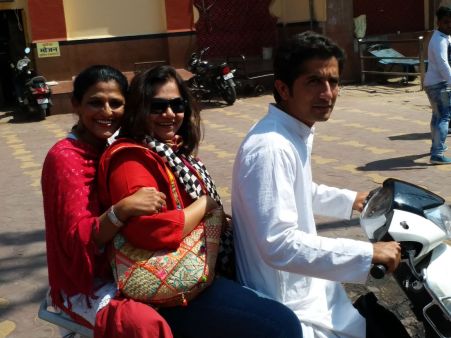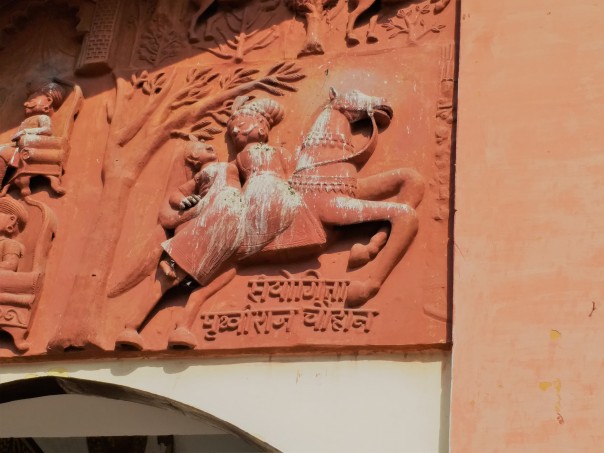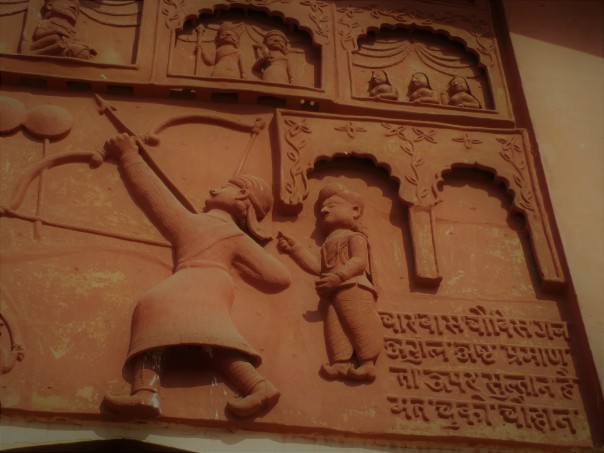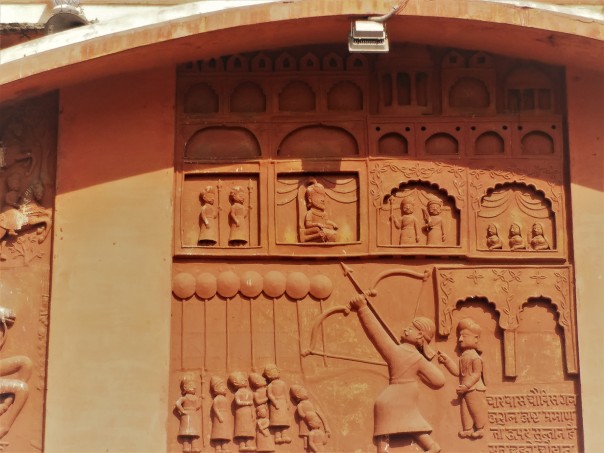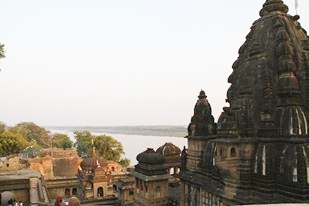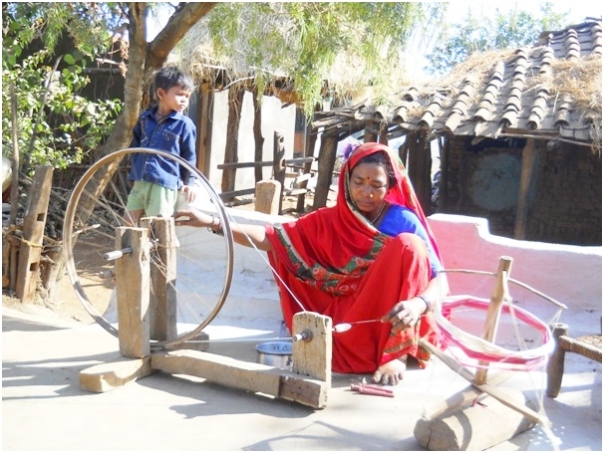Ajmer – Heritage in Rajasthan
Ajmer city located in the Western Indian state of Rajasthan is famous various aspects of Cultura heritage which include – a Sufi Dargah, Mayo School and college which was the Eton of the East and where the dazzling Maharajas of Princely India came to study, the city is dotted with an array of Havelis and it is the doorway to the exotic locations of Pushkar, Bundi and Kota and was the capital of the iconic Rajput King Prithviraj Chauhan. However, few relate the city with an important place of and for traders many of who belong to the Jain religion.
A Brief Ethos on Jainism in Relation to the Temple
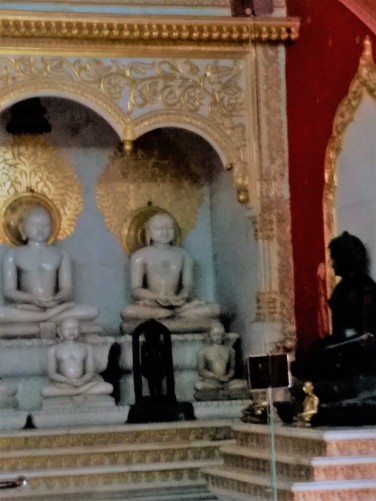
Every religion has a dual history of myths and facts the former finds its validity in faith while the latter in tested scientific proof. Jainism like Buddhism historically evolved n 6thc BC. It has 24 supreme teachers Tirthankars (those who crossed over and through highly evolved karma gained freedom from the cycle of life or nirvana). While the first 22 teachers are mythical, there is historical evidence in for the last two namely Parashavnath and Mahavir.
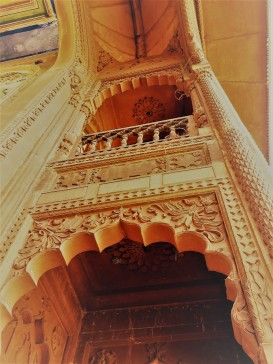
Soneji ki Nasiya – Jain Temple in Ajmer
Built in late 19th -early 20thc Soneji ki Nasiya was commissioned by a family of Jain traders who were largely engaged in Jewelry and this is evident in the elaborate use of Gold, other jewels and the refined décor characterizing the temple. The central theme in the temple revolves around the first Tirthankara Rishabhnath. The Temple complex has two sections, one comprising for ritual worship where only Jains are allowed and the other section is an installation exhibit on the life of Rishabhnath the first Tirthankara or supreme teachers in Jainism.
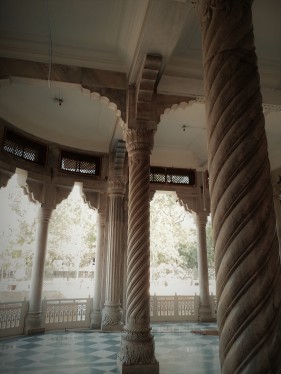
Section 1: Made from Red Sandstone and fine Makrana Marble the architecture combines Mughal and European features. While the Mughal features are presented in the ornate Shahjahani pillars, Pietra dura inlay work and Islamic arches; the European features comprise of ionic and Corinthian pillars and stained glass work. Local artisans are responsible for the décor and whose seventh generation are patronized by the temple authorities have a shop and are constantly called upon to retouch the décor.
Devotees enter the main temple through a courtyard which has an imposing pillar dominating the centre and is surrounded by the motifs of elephants who play an important role in Jain.
The temple is entered through a staircase and a marble pillared corridor. The ritual sanctum comprising of a commanding hall with elaborate with variegated artwork in glass, stones, and paintings has two alters.
The main altar has a bejewelled statue of Rishabhnath while the sub-altar has some other Tirthankaras.
Section2:
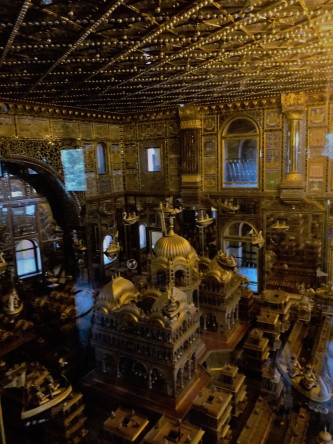
The other section is opened to the general public and has a nominal ticket. The installation exhibit on the life of Rishabhnath is all in gold is arrived by climbing a two storeys steep staircase. On reaching the second floor one is left open-mouthed where a huge world in Gold opens before you. An elaborate hall replete with gold ornamentation describes the mythological story of Rishabhnath.
The Narrative of the Installation:
The Jain philosophy presents that there is no beginning or end to the universe and that within the context of the five elements it has and will always continue to exist. Within the contextual arrangement, the Earth is the round but flat dish which is divided into various worlds comprising of land mass and the great ocean. There on this flat space is a central mass called the Jambu Dweep amidst which is located the mythical cosmic Mountains Meru and Kailash. Planets revolve around Mount Meru.
The Installation is divided into various parts related to different episodes of Rishbhnath’s life. The first scene depicts the event his conceptualization on Mount Meru. The celebration is illustrated by floating boats carrying celestial beings.
The next scene depicts the birth of Rishbhnath in the city of Ayodhya which is shown with the placement of extensive processions and other celebratory scenes.
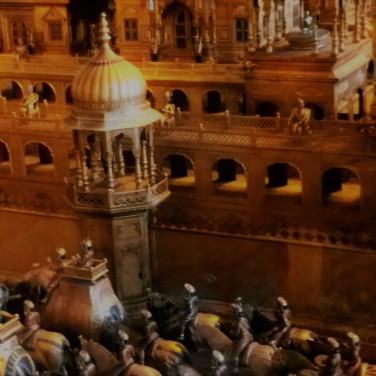
The next setting depicts Rishbhnath’s renunciation which is believed to have taken place in the city of Prayag or present day Allahabad and finally his nirvana or ultimate victory in escaping the cycle of life which occurred on Mount Kailash. Kailash Mountain located in Tibet is sacred to Hindus, Buddhists, Jains and Bons.
The sheer monumental use of Gold and other details leaves the visitor in t awe, yes this is a lesser known heritage of a city which emits a special energy and is not only nominated to be developed as a smart city but is a symbol of the macrocosm of Incredible India and resplendent Rajasthan!
The writer curates bespoke academic tour on a commissioned basis.













